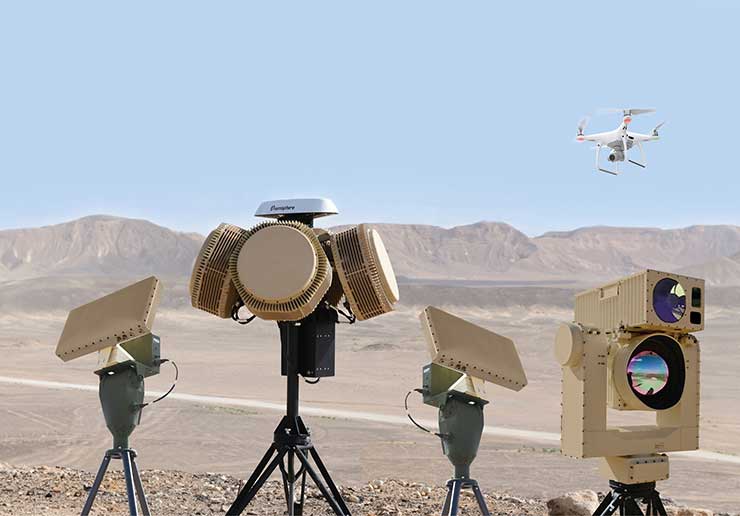
Tel Aviv: The US Department of Defense’s (DoD) Joint Counter-small Unmanned Aircraft Systems Office (JCO) has named the Rafael’s Drone Dome as one option for C-UAS following a series of demonstrations of the system completed at Yuma Proving Ground, Arizona, in April this year.
Drone Dome successfully demonstrated its C-UAS capabilities, which included accurate detection, identification and soft-kill capabilities against a variety of drone targets and is now eligible and has been recommended to compete for future C-UAS contract opportunities.
Throughout the demonstration, Drone Dome utilized an RPS-42 radar, an EO/IR system, and an RF detection & mitigation system. Several of these components are already integrated into US systems and are globally deployed. Additionally, Drone Dome has a configurable architecture that can be adapted for different operational demands and to confront a variety of threats.
Drone Dome is an innovative end-to-end, combat-proven counter-Unmanned Aerial System (C-UAS), providing all-weather, 360-degree rapid defence against hostile drones. Fully operational and globally deployed, Drone Dome offers a modular, robust infrastructure comprised of Detection and Classification by electronic sensors, Defeating by kinetic (Laser) and electronic (Jammer) effectors, and unique artificial intelligence algorithms within Multi sensors/Multi effectors, open architecture Command and Control (C2), to effectively secure threatened air space.
Drone Dome’s artificial intelligence capabilities provide a more precise picture of the incoming threat. This additional information allows the system to both detect and identify specific threat elements more accurately and engage and neutralize the target faster and more efficiently. The system’s flexibility across military and civil applications offers advanced protection for manoeuvring forces, sensitive facilities, border protection, as well as increasingly vulnerable civilian targets like airports and other public facilities.








